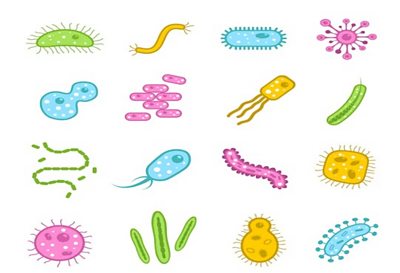Refer to the
What are the legal requirements?
The Health and Safety at Work Act 1974 requires you to minimise the risk of workplace injuries “as far as is reasonably practicable”. This includes taking steps to protect employees against severe allergic reactions.
The Control of Substances Hazardous to Health Regulations (COSHH 2002) requires businesses to assess risks capable of causing occupational illnesses.
Generally, an allergy may be treated as a disability if it severely affects an employee’s ability to work. In these cases, the Equality Act 2010 would apply. This makes it illegal to discriminate against workers on the grounds of disability and requires employers to make “reasonable adjustments” to accommodate disabled employees.
Health and Safety (First Aid) Regulations 1981 require you to provide adequate and appropriate first-aid equipment, facilities, and people so your employees can be given immediate help if they are injured or taken ill at work. What is ‘adequate and appropriate’ will depend on the circumstances in your workplace and you should assess what your first-aid needs are.
What You Must Do:
If an employee has serious allergies, you must help keep them safe at work. This will depend on the person’s allergy and their reaction history, so communicate directly with your employees with allergies to find out how you can best support them.
• Carry out an individual workplace risk assessment for employees with allergies. Find out about their reaction history and what steps can be taken to ensure they can avoid their allergens in the workplace and where appropriate health surveillance measures may be required
• Establish what controls are required to protect the health and wellbeing of all involved including the level of first aid cover required in the event of an accident or incident
• Individuals with allergens should make their manager and colleagues aware in order to assist in case of emergency, and to help you avoid allergens. Always carry your medication with you. Teach others how to help you. Let them know how they can help protect and assist you
• Ensure all staff know the signs of an allergic reaction and what to do in an emergency
• Follow a safe system of work – define procedures and communicate controls; ensure people are trained, competent and supervised where needed
• Use Personal Protective Equipment (PPE) - this may include face masks and gloves but must be the last resort. PPE must only be used in combination with other control measure
• Make sure that appropriate first aid can be given should anyone suffer an allergic reaction. Your risk assessment should indicate whether there is a need for adrenaline / epi-pen due to a past reaction (mild or severe)
What You Should Do:
• When an allergen is so severe, the person concerned may already have an action plan in place designed to facilitate first aid treatment of anaphylaxis, which can be delivered by people who do not have any special medical training nor equipment apart from access to an adrenaline autoinjector. It may be advisable to share any plans with first aiders, but always seek permission from the person with the allergy first
• If the allergen is severe, apart from speaking to the employee you may also need to seek medical advice
• If you think it could be work related ask your manager to refer you to Occupational Health
What You Could Do:
Consider the following topics, in relation to the activities being planned and/or undertaken;
Recommended links (91�ȱ�)
-
-
Tel: 0800 042 0140
-
-
Guidance for production catering on location, at venues and from shops/cafes
Recommended links (WWW)
-
-
-
Anaphylaxis.org.uk
-
-
-
-
Allergen Topics
-
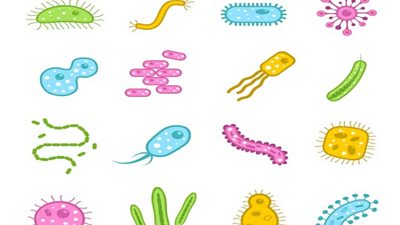
Allergens
Standard and Guidance on dealing with allergens -

Animals: Displaying and handling for performance
A guide to the display of animals during TV, radio or other production performances e.g. live event. -

Bees: Working with
Safety measures when working with bees -
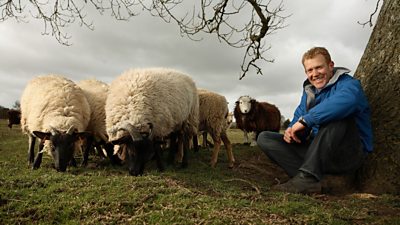
Farms, Zoos and Animal Sanctuaries
Guidance on working with 'captive' animals. -

Food Safety (Cooking and Catering)
A guide to cooking and prepping food related to productions including location catering and cooking in Studios -
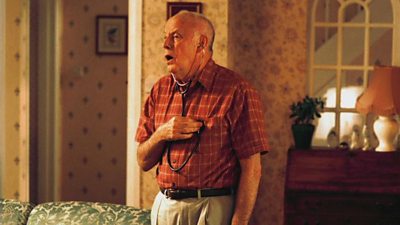
Health
Guidelines on various health issues routinely encountered in the workplace and on location -
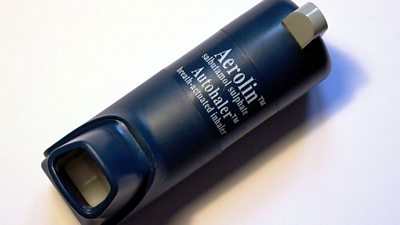
Occupational Asthma
A guide to situations in which asthma could be caused by inhaling certain substances in the course of your work. -
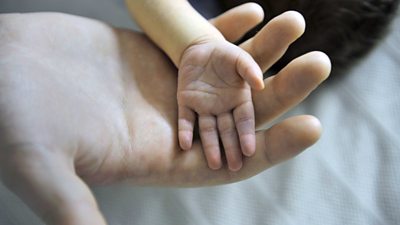
Skincare and Dermatitis
A guide to looking after your skin and recognising the symptoms of dermatitis which is a reaction that occurs when our skin becomes inflamed -
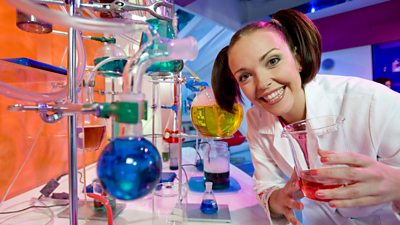
Substances Hazardous to Health
This Guideline provides advice on how to control personal exposures to chemicals and other substances hazardous to health (COSHH) in the workplace
How the 91�ȱ� SSR Team supports you
• Review policies and standards to ensure they fulfil legal requirements
• Provide general advice and support via the Safety Advice Line – Tel: +44 (0)370 411 0464 or email safety@bbc.co.uk
• Provide an out of hours service for health and safety related emergencies
• Advise you on what to do if there is an incident
• Investigate serious incidents and retain records of the investigation
• Provide an A-Z of 91�ȱ�'s Health and Safety Guidelines A-Z of 91�ȱ� Safety Guidelines
More from SSR
-
Your platform to record accidents, risk assessments, assurance monitoring and inspections
-
Safety Equipment Stores
Just one number to call: 020 3614 5155 -
91�ȱ� Safety Guidelines
An A-Z of 91�ȱ�'s Health and Safety Guidelines -
Safety Advice Line: 0370 411 0464 Email: safety@bbc.co.uk
Events guidance - key links:
- Exhibitions
- General Guidance
- Indoor Location Recce Checklist
- Outdoor Location Recce Checklist
- Major Incidents & Emergency Planning
- Marketing and Promotional
- Noise Exposure
- Planning and Management
- Responsibilities
- Responsibilities Form
- Laser Lighting Effects
- Strobe Lighting
- Temporary Stages and Rostra
Health topics - key links:
- (91�ȱ� network only)
- Contributors Fitness to Participate
- Display Screen Equipment (DSE)
- (91�ȱ� network only)
- First Aid and Welfare on Location
- International Travel - Risks & Health
- Manual Handling
- Mental Health: 91�ȱ�page
- (91�ȱ� network only)
- Personal Health and Wellbeing
- Pregnancy
- Psychological Trauma Support & Trauma Risk Management (TRiM)
- Tiredness and Fatigue
- Travel Health Contacts
91�ȱ� High Risk - key links:
- CBRN and Industrial Spills
- Covert Filming
- Crisis Management and Security Support
- Demonstrations, Protests and Crowds
- Disaster Coverage
- Door Stepping
- (91�ȱ� network only)
- (91�ȱ� network only)
- Public Order
- Safety Equipment Stores
91�ȱ� Journalism - key links:
91�ȱ� Productions - key links:
- Aerial Filming and Airfields
- Animals: Displaying and handling for performance
- Boats: Working on
- Children and Young People
- Driving
- Electrical Equipment and Systems
- First Aid and Welfare on Location
- Food Safety (Cooking and Catering)
- Remote Location Working
- Roads and Streets: Working by
- Security of Productions on Location
- Stunts
- Tiredness and Fatigue
- Unmanned Aerial Systems (UAS aka Drones)
- Vehicles: Recording in, from and around
- Working at Height: Mobile Elevating Work Platforms
- Working at Height: Tower Scaffolds
91�ȱ� Radio - key links:
- (91�ȱ� Network only)
91�ȱ� Security - key links:
91�ȱ� Sport - key links:
About this site
This site describes what the 91�ȱ� does in relation to managing its health, safety and security risks and is intended for those who work directly for the 91�ȱ�.
It is not intended to provide instruction or guidance on how third parties should manage their risks. The 91�ȱ� cannot be held liable for how this information is interpreted or used by third parties, nor provide any assurance that adopting it would provide any measure of legal compliance. More information
Some links on this site are only accessible when connected to the 91�ȱ� network
